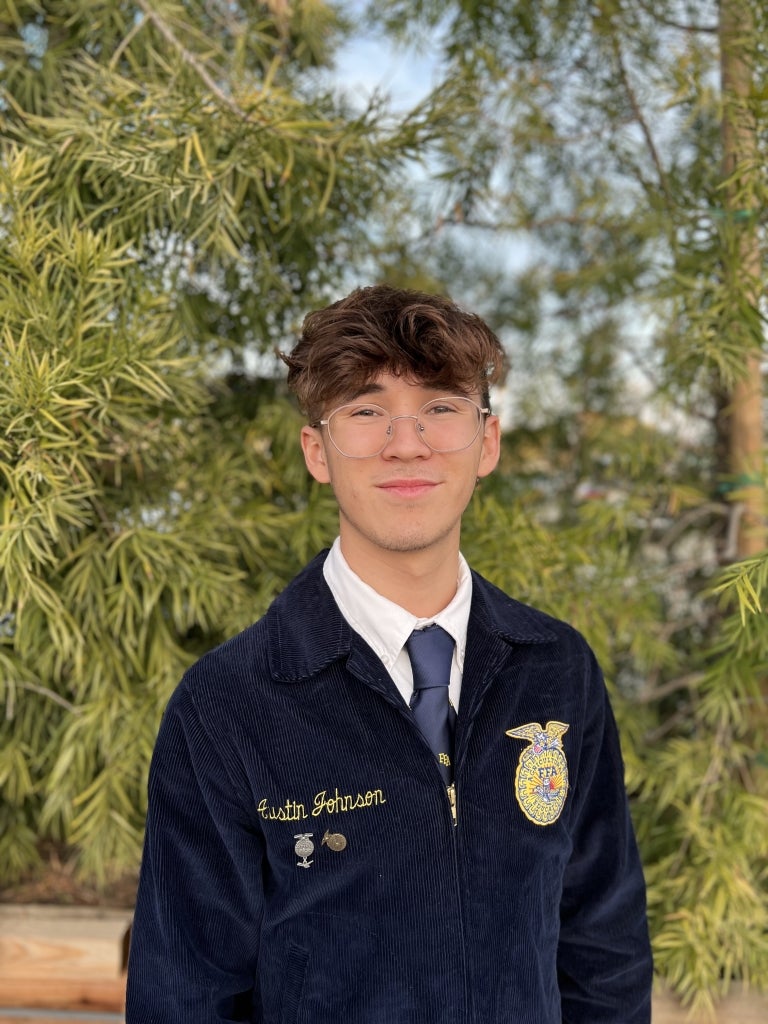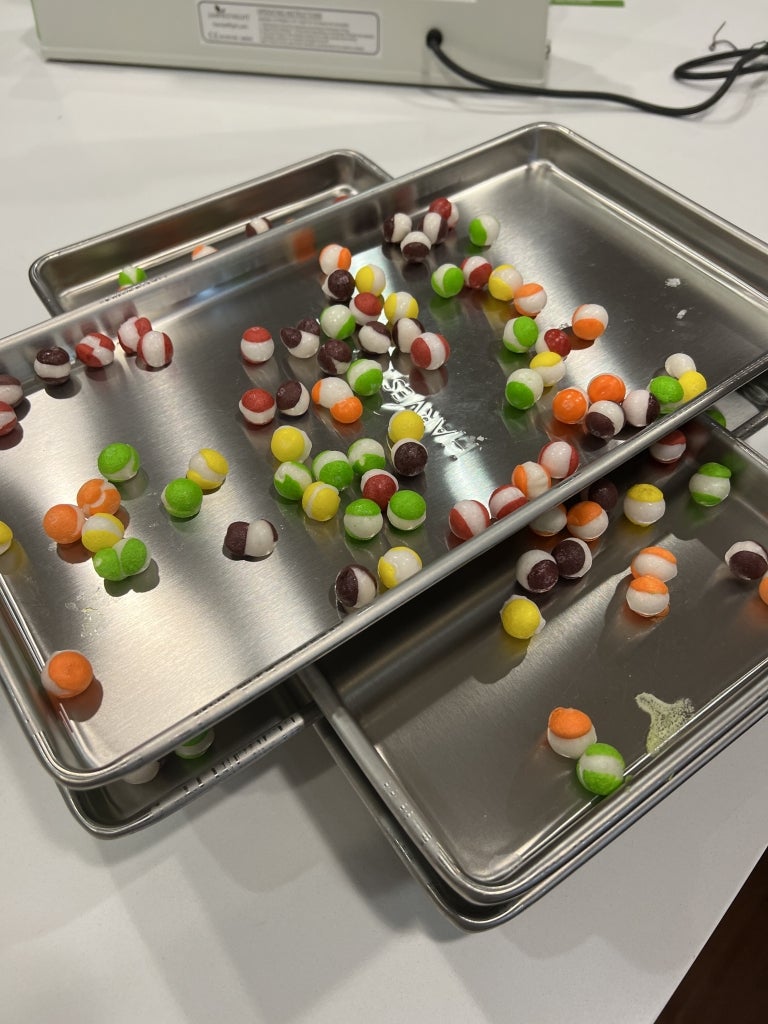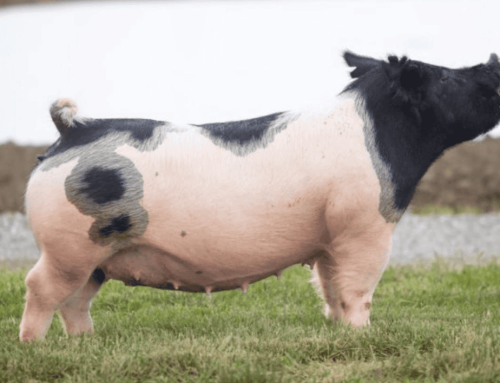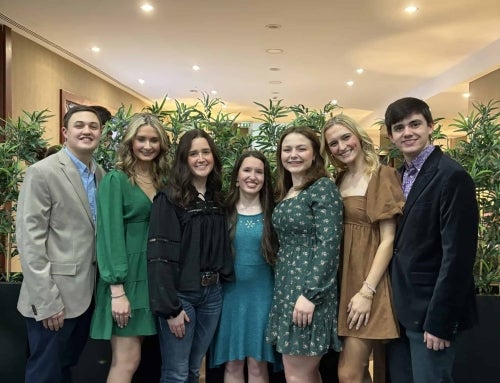
Austin Johnson
From improving food pantries to developing new preservation methods, food science is an amazing area of agriculture with exponential potential to help communities. It is also a powerful way for agriculturists to give back. This student’s Supervised Agricultural Experience (SAE) demonstrates the importance of servant leadership by exploring a complex area of agriculture at a young age.
Austin Johnson, a senior at Temecula Saint Jeanne Catholic High School in California, runs a freeze-drying business aimed at helping people in need. He collaborates with local farms and nonprofit organizations to freeze-dry candies, which he sells to raise funds. The profit he earns is used to purchase ingredients, prepare meals, and donate to local food banks and organizations.

Freeze-dried Skittles
Since joining FFA as a freshman, Johnson wanted to create an SAE focused on serving his community, particularly in addressing food insecurity.
“I think it is an integral part of agriculture to help those who are facing struggles and something that the agricultural community could work together to tackle,” he says.
After discussing with his FFA advisor, Christian Gomez, Johnson discovered that freeze-drying was an effective way to apply food science to help others. Although he lacked the initial funding, he applied for a grant through FFA and received a machine to start his project. His goal is to create a sustainable initiative that future members of the FFA program at Temecula Saint Jeanne Catholic High School can continue to grow.
“I want to establish a working business model that is able to donate consistently to families in need,” Johnson says.
Johnson’s passion for food science shows through his dedication and motivation to explore this project to serve others. Inspired by his school’s farm-to-table class, he has developed a passion for food science, combining farm collaboration with scientific inspiration.
Freeze-drying is part of a new era in farm-to-table agriculture. Johnson explains that this modern preservation technique doesn’t undermine the love and tradition of agriculture, but instead molds it to modern needs.

Johnson’s freeze-drying machine.
Freeze drying uses the process of sublimation, which removes moisture from a product while maintaining its shape and structure. When moisture is removed and a freeze-dried product is packaged properly with an oxygen absorber, the shelf life of the food is extended significantly. Foods like pasta, stews and fruits can last up to 10 years.
In Johnson’s business, this means healthy, locally sourced meals can be donated without the usual foodborne risks of cooked meals. With freeze-drying technology, many people in need can access nutritious meals that can be easily reheated with hot water.
This remarkable student has harnessed both the science and technology of freeze-drying and the principles of modern farm-to-table agriculture and food science, all while maintaining a strong commitment to serving his community.
“None of this would be possible without those who instilled the values of certain leadership into my life,” he says. “These include my FFA advisors, school teachers, parents and peers. I’m inspired to help others because of their similar selfless acts.”
Food science in agriculture has the potential to be a beacon of hope for communities facing food insecurity. Johnson is building an inspiring legacy that could become a powerful solution to growing food insecurity. His natural leadership and sharp mind in food science have enabled him not only to help others in his community but also to educate them about advancing technologies.











